

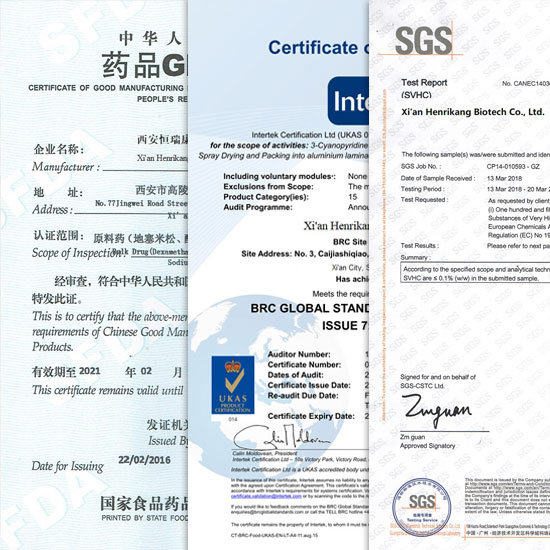



Related Attributes
Product details
Sucralose has been widely used in beverages, tabletop sweeteners, ice cream, baked goods, chewing gum, coffee, dairy products, sweet snacks, fruit juices, gelatinized foods, puddings, sweetened sauces, syrups, sauces, pharmaceuticals, cosmetics and other industries. The United States, Canada and other countries have replaced sucrose and other sweeteners in a variety of foods.
Sucralose does not damage teeth, unlike sucrose, fructose and maltose that can cause disease, and unlike other nutritive sweeteners that are low in sweetness and high in price. Sucralose can be consumed by people with obesity, cardiovascular disease and diabetes.

Uses and functions of Sucralose powder.
Non-nutritive sweetener, widely used in beverage, food, pharmaceutical, cosmetic and other industries, the application of sucralose in health food and medicine is expanding because it is a new type of non-nutritive sweetener, which is an ideal food additive for obesity, cardiovascular disease and diabetes patients.
In recent years, some medical studies have used it as a tracer molecule for the determination of colonic permeability, and the methods used are mostly meteorological chromatography. The sensitivity and specificity are still to be further studied.
The product is the most ideal powerful sweetener available today and can be consumed by children, adolescents, young adults, middle-aged, elderly and patients with various diseases without any nutritional doubts.

Characteristic of Sucralose powder.
Sucralose is the product of the highest level of development and research of high sweetness sweeteners in the world at present, with excellent performance.
Sucralose is a white powder product, very soluble in water (solubility 28.2g, 20℃), sweetness is 600 times of sucrose, and the sweetness is pure, and the sweetness characteristic curve almost overlaps with sucrose. Sucralose is a non-nutritive powerful sweetener, almost not absorbed in the human body, and the caloric value is zero.
Sucralose is stable in nature, and its crystallized products are stable even when stored for 4 years at 20°C under dry conditions. In aqueous solution, in the pH range of soft drinks (pH 3-5) and at normal temperatures, sucralose is the most stable of all the powerful sweeteners and can be stored for more than a year without any change.

Product Method of Bulk Sucralose powder.
6-position group protection method This method was developed by Tate-Lyle. Firstly, a strain of Bacillus genus was utilized to ferment glucose at 30℃ to generate glucose-6-acetic acid, and the maximum concentration of glucose-6-acetic acid could reach 15g/L, and the yield could reach 85% of the theoretical yield.
Glucose-6-acetic acid was then purified by a combination of methanol extraction and silica gel column chromatographic separation, and the purification yield was 80%-85%. Under the action of β-fructosyltransferase produced by Bacillus subtilis, glucose-6-acetic acid mixed with sucrose reacted to produce sucrose-6-acetic acid, and the concentration of sucrose-6-acetic acid could be up to 120 g/L, and the yield of this step was 58%.
Sucrose-6-acetic acid with 70% purity can be separated by chromatography. Sucrose-6-acetic acid was reacted with Vilsmeier's reagent made from phosphorus pentachloride and DMF to obtain 4,1',6',-trichloro-4,1',6'-trideoxygalactosucrose pentaacetic acid, and the yield of this step was 39%. Sucralose pentaacetic acid was obtained by removing the acetic acid group, and the yield of deacetic acid was 90%. The fermentation cost of glucose-6-acetic acid in this method is higher, and the purification of sucrose-6-acetic acid is more difficult, and the total yield is about 20%.
The synthetic route is as follows: synthesized from cotton seed sugar This method was also developed by Tate-Lyle. Cotton seed sugar beet and cotton seed and other plants, there is no large commercial supply, can be synthesized from a saturated solution of galactose and sucrose at 30 ℃, shovel galactosidase, the product concentration of up to 7.5 g / L.
Cotton seed sugar is chlorinated with thionyl chloride in the presence of triphenylphosphine to produce 4,1',6',6''-tetrachloro-4,1',6',6' '-tetradeoxygalactopyranose cotton candy heptanoacetic acid. The latter deacetic acid gives 4,1',6',6''-tetrachloro-4,1',6',6'' -tetradeoxygalactopyranose cotton candy (TCR), the yield of generating TCR was 32.6% in terms of cotton candy.TCR was hydrolyzed under the action of 30℃ and α-galactosidase for 24h to generate sucralose, the hydrolysis yield was 80%~90%. The total $ yield was 26% to 29%. Monoester method This method was proposed by KhanRA and MuytiKS in 1982.
Using the reaction principle of alcohol-acid esterification, an attempt is made to shield one of the hydroxyl groups in the sucrose molecule, and by controlling the conditions, as high a monoester content as possible is obtained. The product is then isolated, chlorinated, de-esterified and purified. This method is more difficult to control the esterification position and degree, the yield is only 5% to 7%.
WHY CHOOES US?

OUR CERTIFICATE
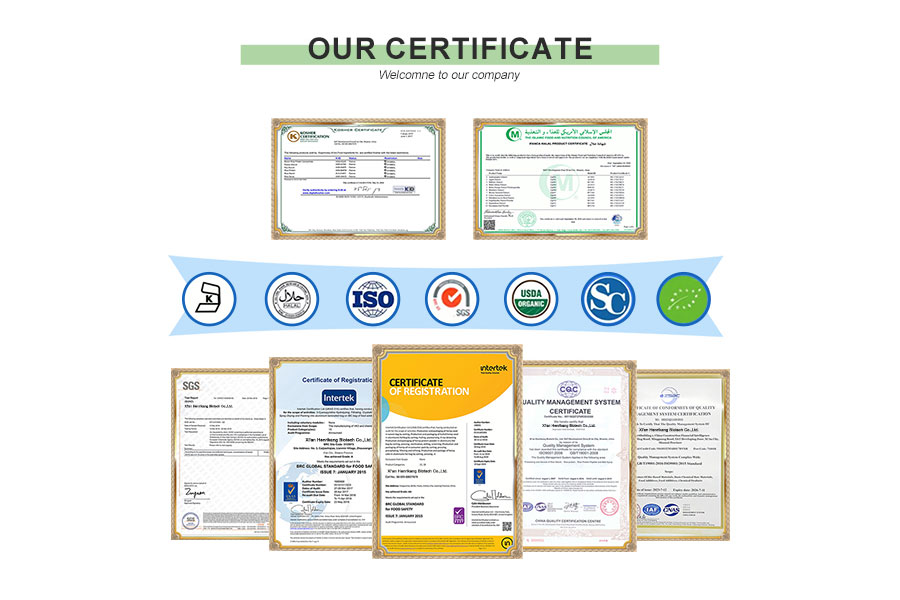
CUSTOM PROCESS
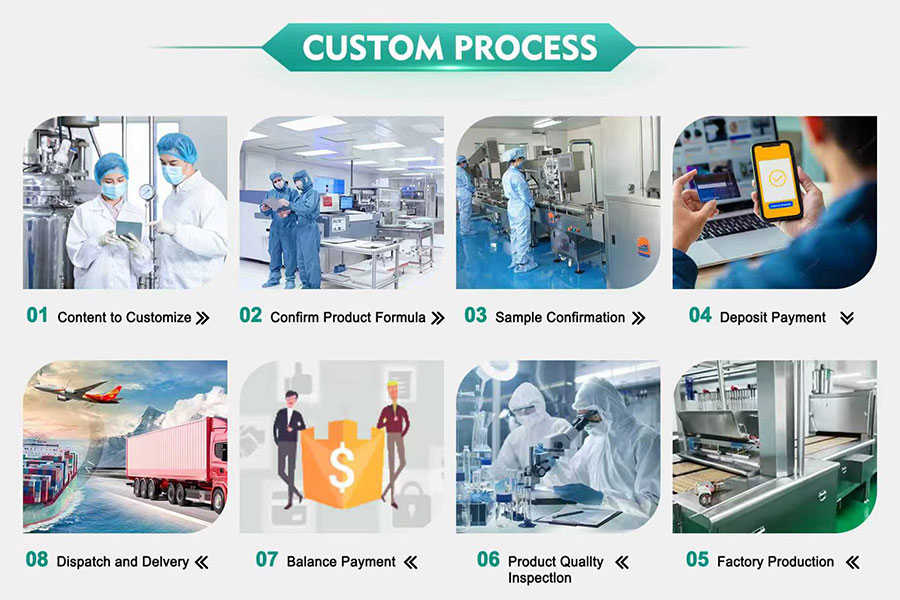
OUR PACKAGE
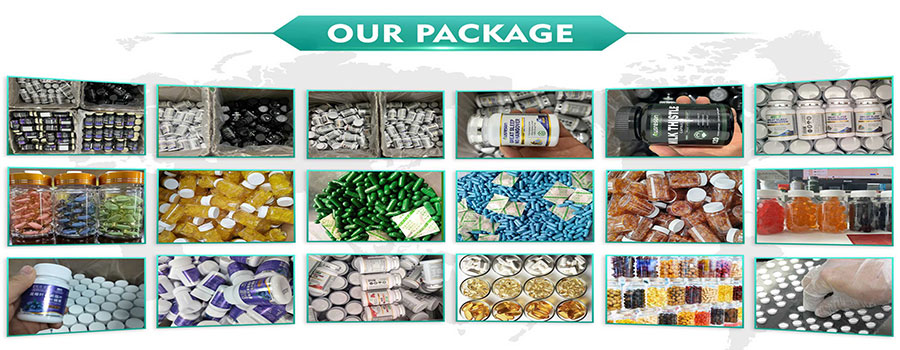
OUR EXHIBITION
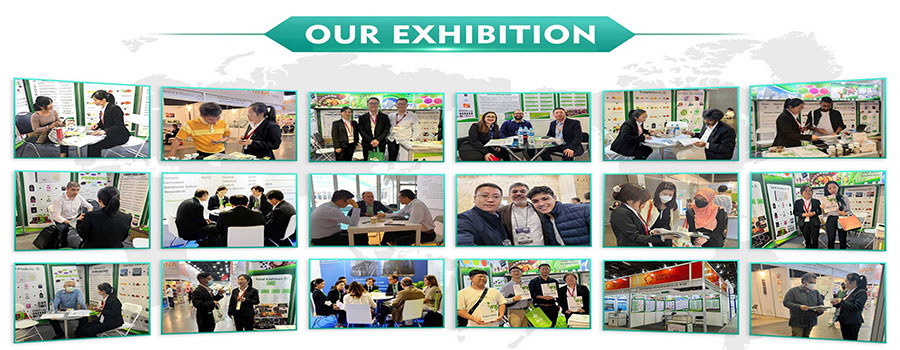
OUR FACTORY
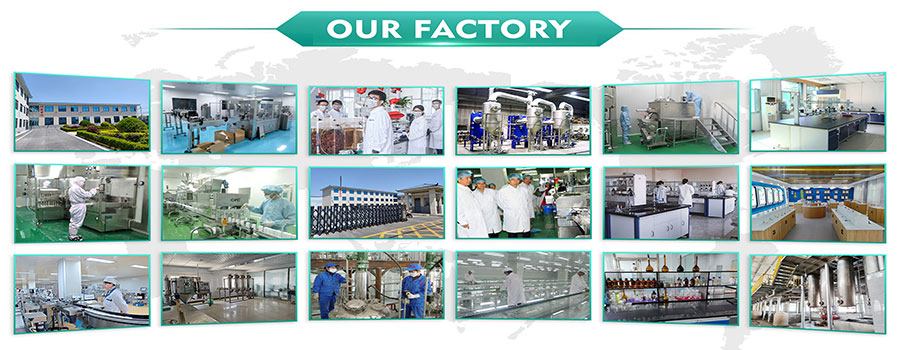
Shipping
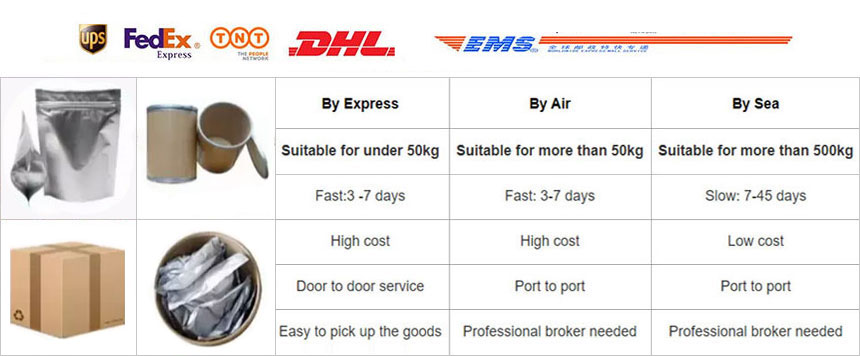
Pharmaceutical Intermediate manufacturers
©2022 Xi'an Henrikang Biotech Co., Ltd.,